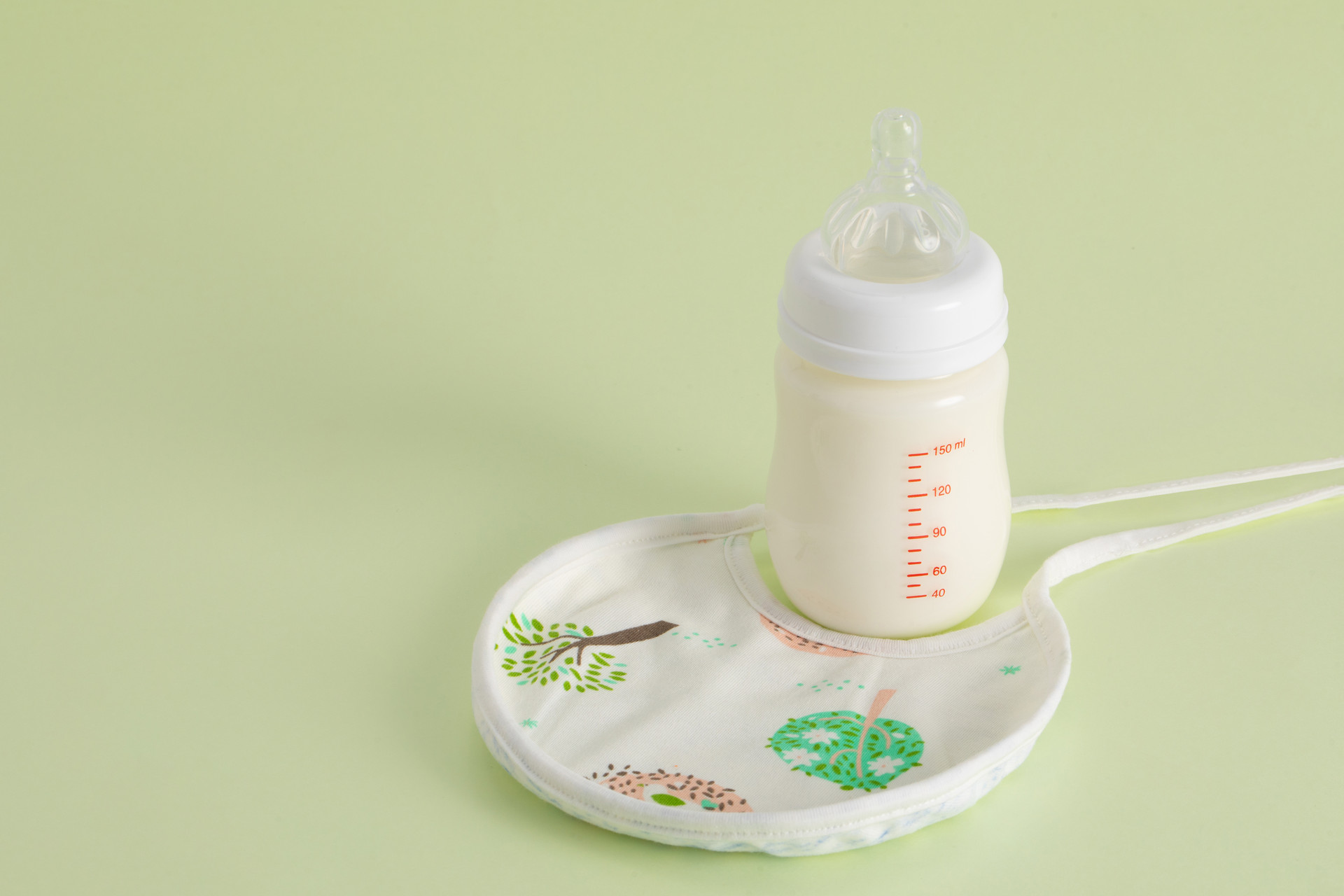Coughing in children is a common symptom of childhood diseases. Persistent coughing not only affects normal daily life but can also be life-threatening. Therefore, when taking care of your baby's health, mothers should pay attention to the following symptoms of childhood coughing.
These coughing symptoms require immediate medical attention:
1. Coughing accompanied by difficulty breathing, characterized by increased respiratory rate, head nodding, forceful breathing, flaring nostrils, and cyanosis of the lips.
2. Coughing accompanied by high fever and listlessness, with cool limbs.
3. Coughing accompanied by coughing up blood.
4. Frequent coughing that disrupts normal sleep.
5. Suspected coughing caused by foreign objects.
Home care methods:
1. Back patting method:
When the baby is not coughing, lay them on their side or hold them in a side-lying position, gently patting their chest and back. Back patting can help loosen the phlegm in the baby's lungs and bronchial tubes, facilitating the absorption of bronchitis inflammation.
2. Drinking water method:
Babies with coughs tend to have relatively dry airways. Let the baby drink more water, especially lukewarm water around 23℃, which has a good moisturizing and physical therapy effect on the throat, beneficial for relieving coughing and expectoration, and helpful for eliminating local inflammation.
3. Steam inhalation method:
Pour boiling water into a large jar or cup, hold the child and let them face the rising steam, inhaling and exhaling. This can make the phlegm thinner and easier to cough up, and can also reduce congestion and swelling of the trachea and bronchial mucosa, reducing coughing.
Precautions for back patting in children:
1. The time for back patting can be arranged 1 hour before or 1-2 hours after a meal. For infants, it can be half an hour to 1 hour before or 2 hours after feeding, to prevent vomiting and aspiration pneumonia.
2. When patting the back, let the child's head tilt to one side and pay attention to whether the child is having difficulty breathing, pale face, cyanosis of the lips, vomiting, or any other discomfort. If any of these symptoms occur, immediately stop patting the back and clear the secretion from the mouth and nose.
3. If there is secretion from the mouth and nose during back patting, wipe it off immediately to avoid blocking the airway.
4. After back patting, the child can maintain the "drainage position" for 5-10 minutes to facilitate the discharge of phlegm.
5. Each session of back patting should last for 10-15 minutes (5-10 minutes on each side), and can be done 4 to 6 times a day, with a maximum frequency of once every 2 hours.
6. It is recommended to eat less sweets and drink more water to make it easier for phlegm to be expelled.











